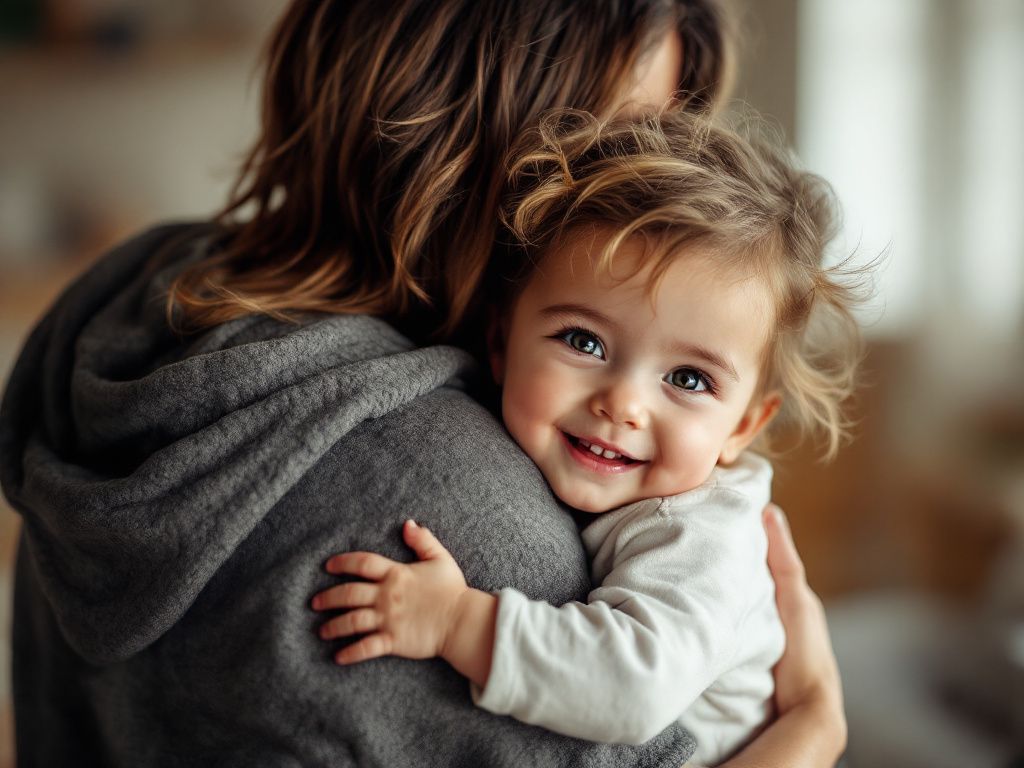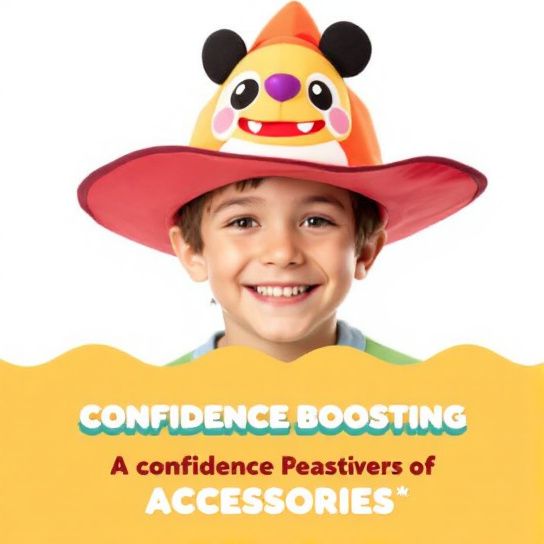
Understanding Hair Loss in Kids
Let’s dive right in, shall we? Seeing your child deal with hair loss can leave you with a whirlwind of emotions. One of the first things that come to mind might be how to keep your little one feeling as comfortable and confident as possible. And trust me, you’re not alone in this.
Children’s hair loss can sneak up for many reasons—conditions like alopecia, medical treatments, or even just stress. Whatever the cause, it’s crucial to remember that finding supportive hairstyles can play a big role in helping them navigate this journey with poise and positivity.
Keeping It Gentle: The Art of Supportive Styling
So, what makes for a great style when hair is thinning? The golden rule is to keep it gentle, folks. We don’t want any tight hairstyles that could tug on those delicate strands or irritate the scalp. A relaxed, tender approach is the way to go.
Look to Simplicity
First up, think about simplifying. The less fuss, the better. Styles that require minimal manipulation can do wonders. Loose ponytails, not too tight but snug enough, can tuck hair neatly away and still look sweet and cared for.
Soft Bands, Big Wins
Something like using soft fabric headbands as part of your styling routine can change the game. They’re kind to the scalp and create a neat, polished look without strain—perfect for those school days where a quick tidy-up breathes new life into the morning rush.

Now, let’s be honest—finding exactly what works might need a bit of trial and error, but isn’t that the way with all the best things?
Fancy Alternatives: Wigs and Hats
Let’s talk options, like wigs or hats. But not just anything off the shelf—cute, comfortable designs that spark a touch of fun. These can make a regular day feel special, and add that little buffer when facing the world. For many children, it’s a small drop of magic that brings oodles of confidence.
Choosing the Right Wig: What to Keep in Mind
If you’re exploring wigs, focus on lightweight and breathable materials. Natural fiber wigs often provide comfort and look real without weighing down on their little head. Also, remember that textured wigs need extra care, so a consultation with a professional can always help you and your child make the best decision.
Adorable Hats: Style and Comfort Wrapped Up
And hats… where do we start? There are such fun ones out there. Whether it’s a sunhat decorated with their favorite characters for an outgoing look, or a cozy beanie for chilly days—even inside when comfort is the priority, they’re fantastic as a confidence-boosting accessory.
Balancing Protection and Style: A Few More Ideas
Nothing Beats a Scarf
Don’t overlook the good ol’ scarf. Lightweight and colorful, scarves can wrap gently around the head, adding charm while being tender to the scalp. They can be wonderfully versatile—you can knot them decoratively or simply let them drape for ease.
A Quick Fix: Clip-Ins and Their Benefits
Consider clip-in accessories too. Soft and light, they can add a little flair when hair is feeling sparse. But avoid any rentals that clip too tightly or pull at fragile hair. Trust me, subtle and removable clips are the secret sauce here—they bring a dash of pizzazz while being utterly respectful to sensitive locks.

Bringing in the Personal Touch
Incorporate your child’s preferences into the mix wherever possible. Giving them a hand in the styling process not only makes them feel involved but also boosts their spirits. Knowledge empowers, and giving them choice does too—trustworthy styles they feel great about? That’s priceless.
Giving It a Go: A Basic Styling Routine
- Morning Mantra: Start the day by gently combing through any knots with a soft-bristle brush or wide-tooth comb—one that’s kind enough to avoid unnecessary pulling.
- Choosing Comfort: Decide on a style together. Maybe today’s the day for a snug band, or perhaps a breezy scarf catches their fancy?
- Accessorize With Love: Add soft embellishments that respect the hair’s current condition—sometimes, less is truly more, and simplicity can turn into splendid.
Overcoming Emotional Hurdles: Building Confidence
Sometimes, the way we address hair loss transcends the practical possibilities of hairstyles. Remember, our real aim is fostering a sense of normalcy and fun while navigating this uninvited curve. Hairstyling, you see, is just one part of openly talking about the experience.
Keep Conversation Open
Supportive dialogue within the family builds understanding and warmth. Pull the discussion circles wide, making room for feelings and insights—your champion young star might surprise you with their take on things.
Emphasizing Inner Beauty

Remind them that beauty goes deeper. Find role models or stories that echo these truths. These pillars of support ensure they understand hair loss doesn’t define them—it’s merely a patch in the quilt of their ever-growing narrative.
Common Mistakes and How to Step Around Them
- Avoid Tight Hairstyles: Styles pulling tightly on the scalp might seem attractive for neatness but often risk more harm than benefit.
- Skip Harsh Chemicals: Limit products with strong chemicals. They present pretty packaging, but what harm they might bring!
- Neglecting Hair Care: Yes, hair may be sparse, but a gentle cleansing routine is still crucial. Treat it as preciously as you treat your own—as love echoes, right?
Pinning It Together: Key Takeaways
- Embrace gentle, adaptable styles that whisper instead of shout.
- Incorporate elements of fun and personal preference when weaving style into routine.
- Craft those choice moments that build confidence on inner strength and inspire creativity.
- Foster daily rituals that blend ease, kindness, and gentle skincare.
Take It From Me
Parenthood is this continuous twine of forging new paths—many are unexpected. Hairstyles for children experiencing hair loss might feel like a small part of that journey, but oh, how significant it swiftly becomes. This isn’t solely about finding a quick fix to conceal hair loss, but about encouraging your child wholly, inside and out.
Support fashion and function. Why choose when there’s a universe of both? Each knot, every playful tug, and each fit of jealousy for perfect pigtails? An opportunity to encourage self-love.
So here’s to hairstyles—those secret champions of toddler, tween, and kid—a journey you’ll traverse hand in hand with pride, creating a tapestry of love, laughter, and distinctive style.
Frequently Asked Questions
Can children get traction alopecia from tight hairstyles?
Yes, children can get traction alopecia from tight hairstyles. Hairstyles such as taut braids, cornrows, tightly pulled buns, and high ponytails can cause excessive tension on the hair follicles, leading to hair loss[1][2][5).
What hairstyles are most likely to cause hair loss in children?
Hairstyles that are most likely to cause hair loss in children include tight braids, cornrows, tightly pulled buns, ponytails, and up-dos. Additionally, hair extensions or weaves, especially on relaxed hair, and styles that require rollers worn to bed can also lead to traction alopecia[2][4][5).
How can I prevent hair loss caused by hairstyles in children?
To prevent hair loss, avoid frequently wearing hairstyles that pull on the hair. Loosen braids, especially around the hairline, and opt for thicker braids and locs. Keep braids and locs short, as longer hair is heavier and pulls more. Also, switch up hairstyles regularly to allow the hair to recover from tight styles[2][4][5).
What are some gentle hairstyles for children with afro hair to prevent hair loss?
Gentle hairstyles for children with afro hair include wearing the hair loose and natural, using an alice band to keep the hair back, and loosely-tied ponytails or bunches. Use soft hair ties such as scrunchies or fabric-covered designs to minimize damage[1][2][4]).
References


Leave a Reply